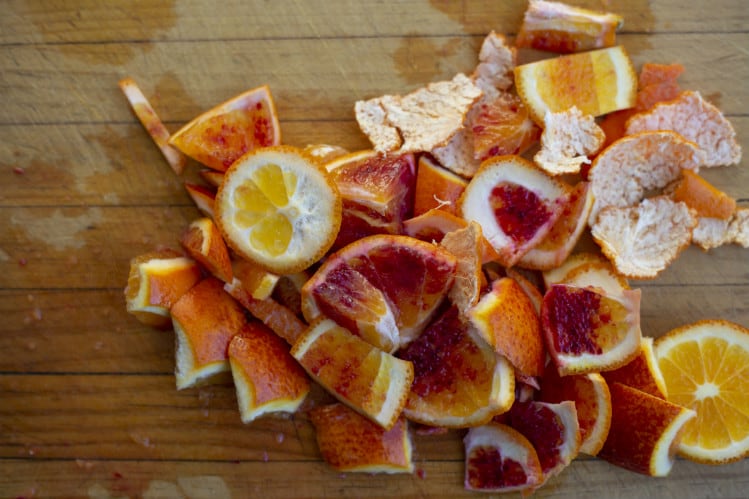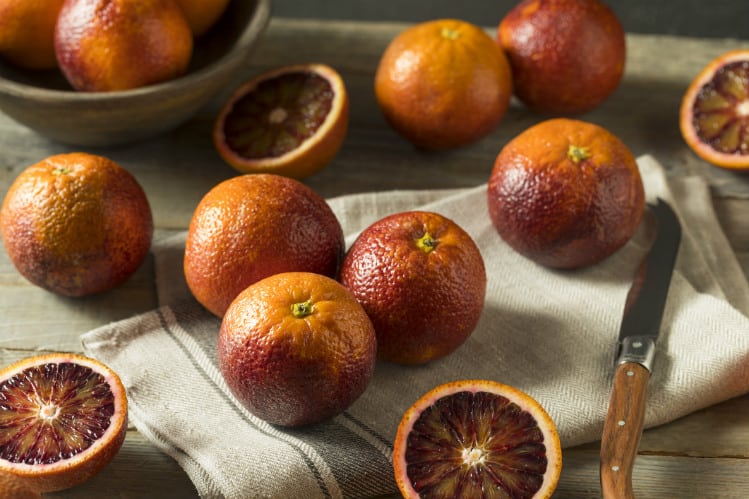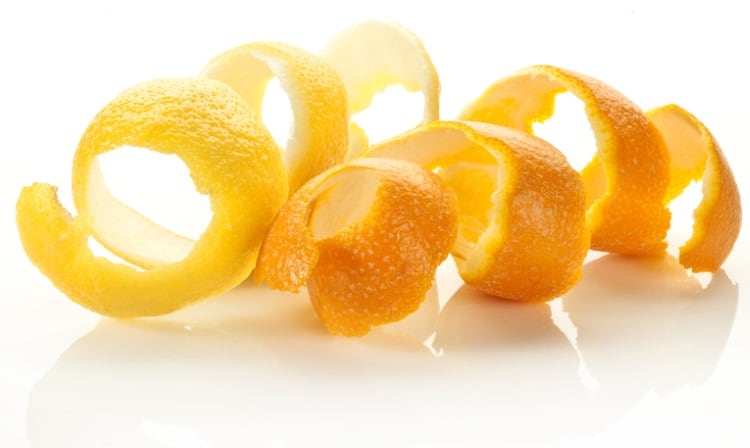A group of Italian researchers sought to understand if adding the peels of citrus fruits would affect volume, weight, crumb structure, pH or acidity of durum wheat bread. Results found the citrus-imbued bread carried a negligible citrus flavor while closely matching the controlled (citrus-free) loaves tested.
“This study showed that the addition of citrus industry byproduct fibers in durum wheat whole semolina is a possible strategy and a good prospect to produce ‘high-fibre’ wholemeal durum wheat bread to increase the nutritional value and the dietary fiber intake,” the authors wrote.

“These results, moreover, should be interesting for the possibility to produce a ‘high in fibre’ durum wheat bread with a long shelf life.”
Using citrus as an ingredient to boost fiber also offers an opportunity to upcycle the waste and byproduct of juicing and other citrus production. In Italy, for example, the citrus industry outputs 500k tons of ‘pastazzo’ from squeezing, which can be cleaned and purified to obtain citrus flour rich in dietary fiber, according to the study.
Dietary fibers, however, can affect the physicochemical characteristics of dough and bread.
In Egypt, food scientists at Al-Azhar University discovered that adding orange peel and pulp to biscuits increased fiber levels from 2.7% to 15%, while decreasing fat and protein levels. The dough required more time to stabilize, yet absorbed water better than a non-citrus version. Ultimately, the scientists determined that bakers could imbue dough with 15% of orange peel and pulp to create ‘highly acceptable’ biscuits.
Citrus benefits
Citrus fruits are ‘distinctively’ high in potassium, calcium and phosphorus. Blood oranges, in particular, boast high levels of vitamin C, fiber and carotenoids, thanks to their anthocyanin pigment – the reason for the fruit’s distinctive purple-red flesh.
Blood orange juice also has the potential to reduce oxidative stress in diabetic patients and to limit weight gain.
Nonetheless, blood oranges have not permeated the global market because they require optimal cold climate conditions to develop their signature color.
First documented in Italy in the 1600s, blood oranges mainly originate there or in Brazil and Florida, the world’s two largest orange producers.
Oranges and lemons
Citrus has historically been underutilized as a value-added source of fiber and antioxidants. Instead, it is primarily consumed whole, juiced or dried.
The lemons and blood orange peels used in the Frontiers of Nutrition study greatly increased fiber content in the finished breads – without overtaking the ingredient bill.
“Both lemon and blood orange had highest levels of total dietary fiber (about 70%), with a balanced content of soluble (about 32%) and insoluble fibers (about 37.5%), different from data reported for grapefruit, lemon and orange fibers by other authors, who reported lower levels of soluble fibers.”
Moisture, protein and sugar values remained relatively low, but fiber levels exceeded 6% – the minimum required by the EU to label a product as ‘high in fibre.’
“The highest level of total dietary fiber of citrus fiber had the advantage that small addition to the whole flour did not modify the technological properties of the resulting dough. Furthermore, it resulted in a significant increase in total fiber level in bread. The highest values of total, soluble and insoluble fiber were recorded in the bread with 2.0% of citrus fibers.”
The durum difference
The addition of citrus in any amount did not affect bread volume or weight, likely due to the use of durum wheat flour: White wheat bread, the researchers noted, is bulkier and lighter.
Citrus production worldwide
The world produces nearly 52m metric tons (MT) of citrus annually, according to the US Department of Agriculture (USDA). Brazil accounts for about 35% of global production with 17.8m tons.
China harvests about 7m MT, followed by the US at 5m and Mexico at 4.6m MT.
The EU as a whole produces 6.5m MT, while South Africa and Morocco put out about 1.5m MT each.
It also left crumb structure intact, though loaf volume decreased slightly in the citrus-enriched breads. Moisture levels also fell up to 30% after 60 days of storage, but that was also true of the control breads.
The citrus breads also showed stable life shelf (up to 120 days) and no ‘visible’ mold growth on ‘well-sealed’ packages.
“This is the first time that microbiological data on industrial bread enriched with fiber have been reported after a long storage period,” the authors wrote, noting the durum semolina wheat proffered ‘peculiar’ sensory features that differ from common wheat breads.
Still, the researchers concluded citrus can provide a valuable source of fiber, at least in durum semolina breads.
“Results reported in this study showed that bread samples containing up to about 7.3% of total dietary fiber, due to fortification with citrus fiber, did not show changes in crumb color, alveolar structure, softness and bread flavor, suggesting citrus fiber as a good source of dietary fiber that did not significantly change the main sensory attributes of durum wheat whole semolina bread.”
Studies:
Frontiers in Nutrition: Volume 6, Issue 13 – Feb. 2019
Authors: A. Spina, S. Brighina, S. Muccilli, et al.
doi:10.3389/fnut.2019.00013
World Journal of Agricultural Sciences: Volume 4, Issue 5, pg. 612-616 – 2008
Authors: A.G. Nassar, A.A. AbdEl-Hamied and E.A. El-Naggar
United States Department of Agriculture, National Agricultural Statistics Service
The role of carotenoids in human health
Nutritional Clinical Care, Volume 5, Issue 2 – March/April 2002
Author: Jean Mayer, USDA Human Nutrition Research Center on Aging, Tufts University


